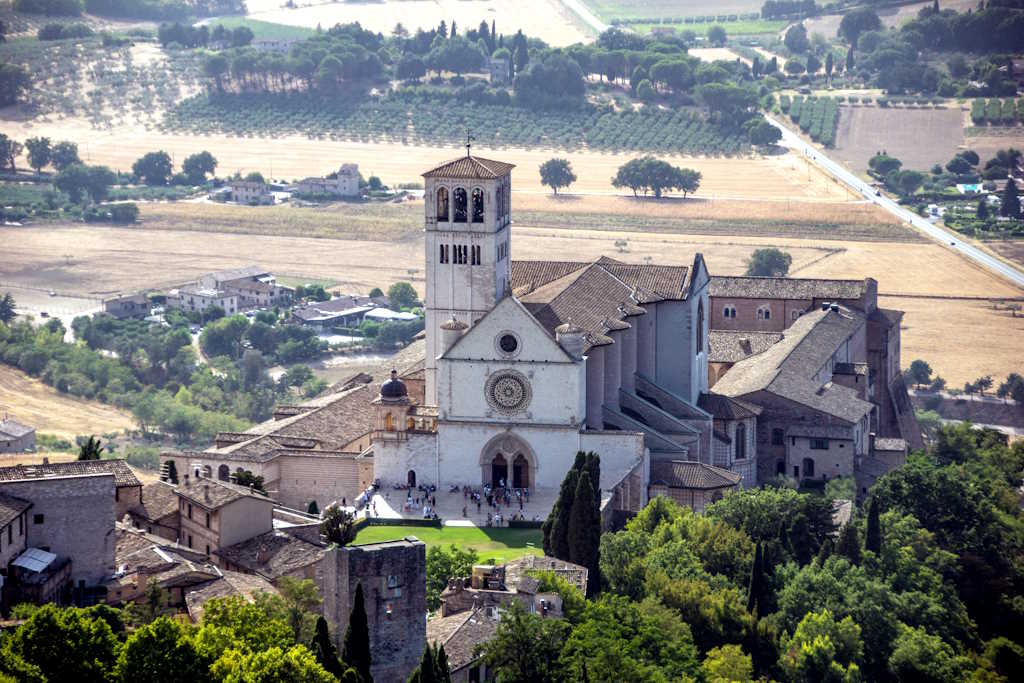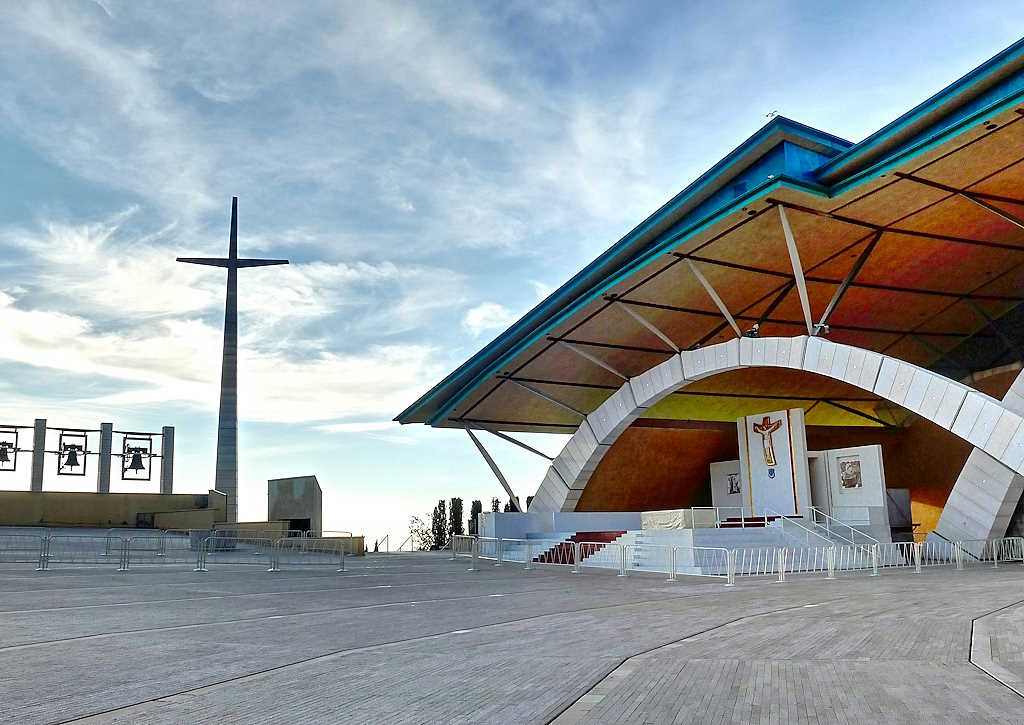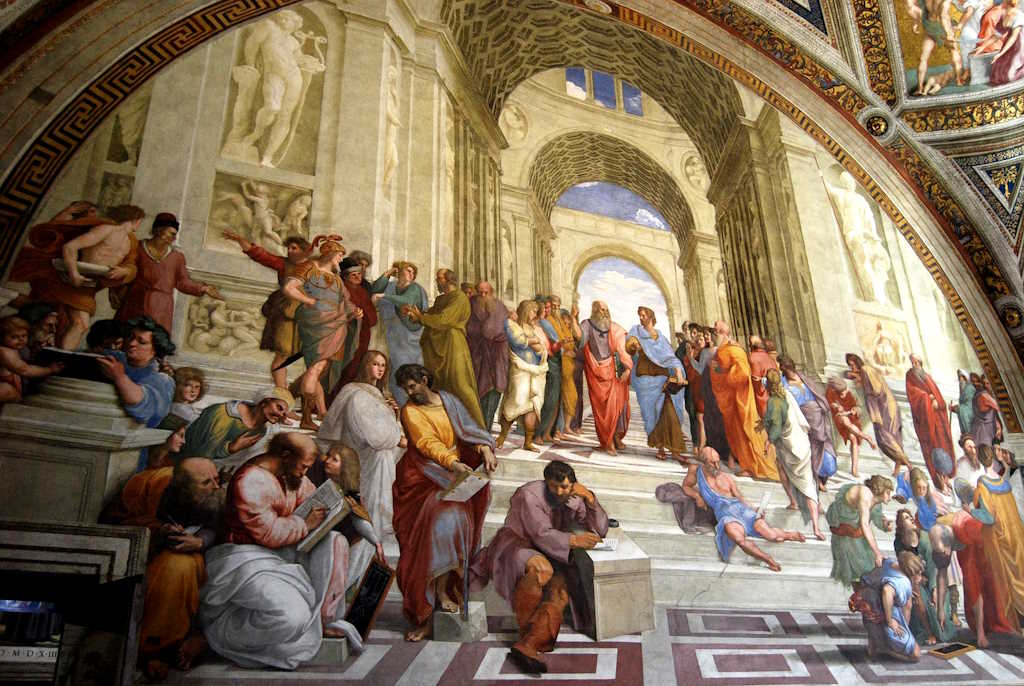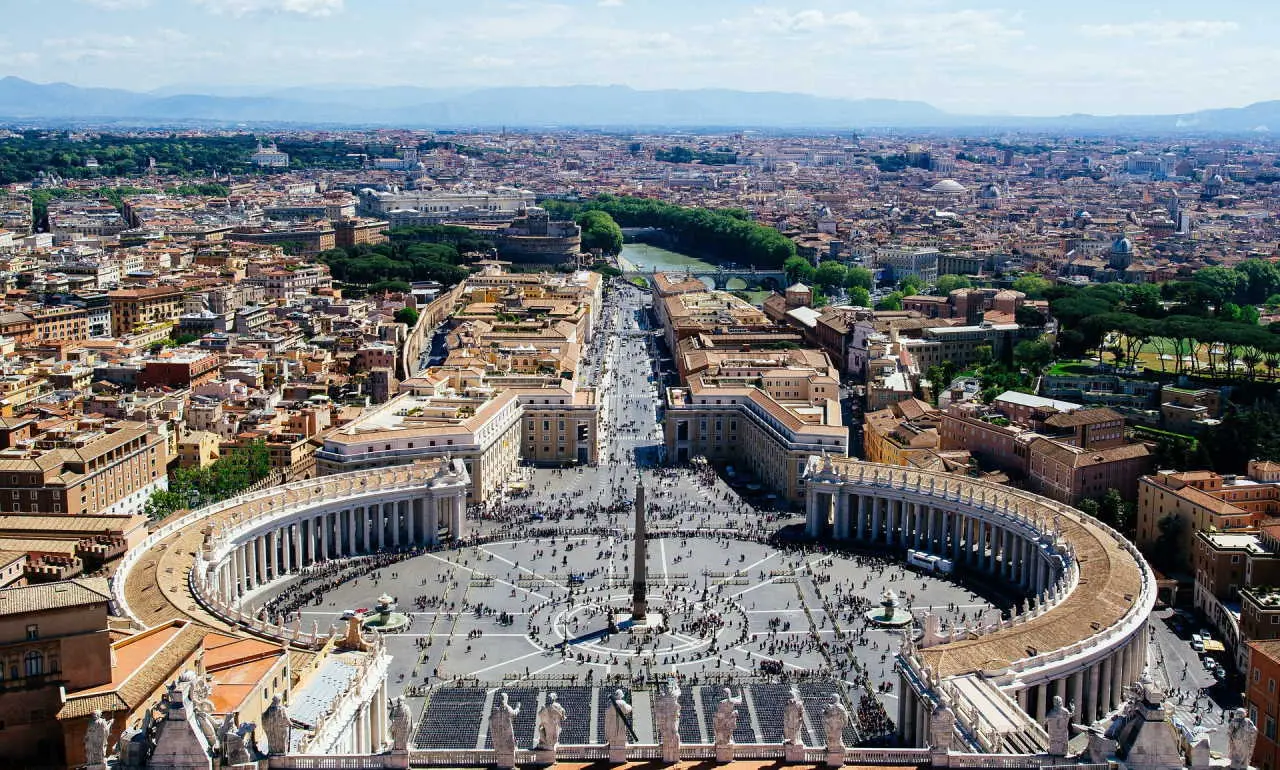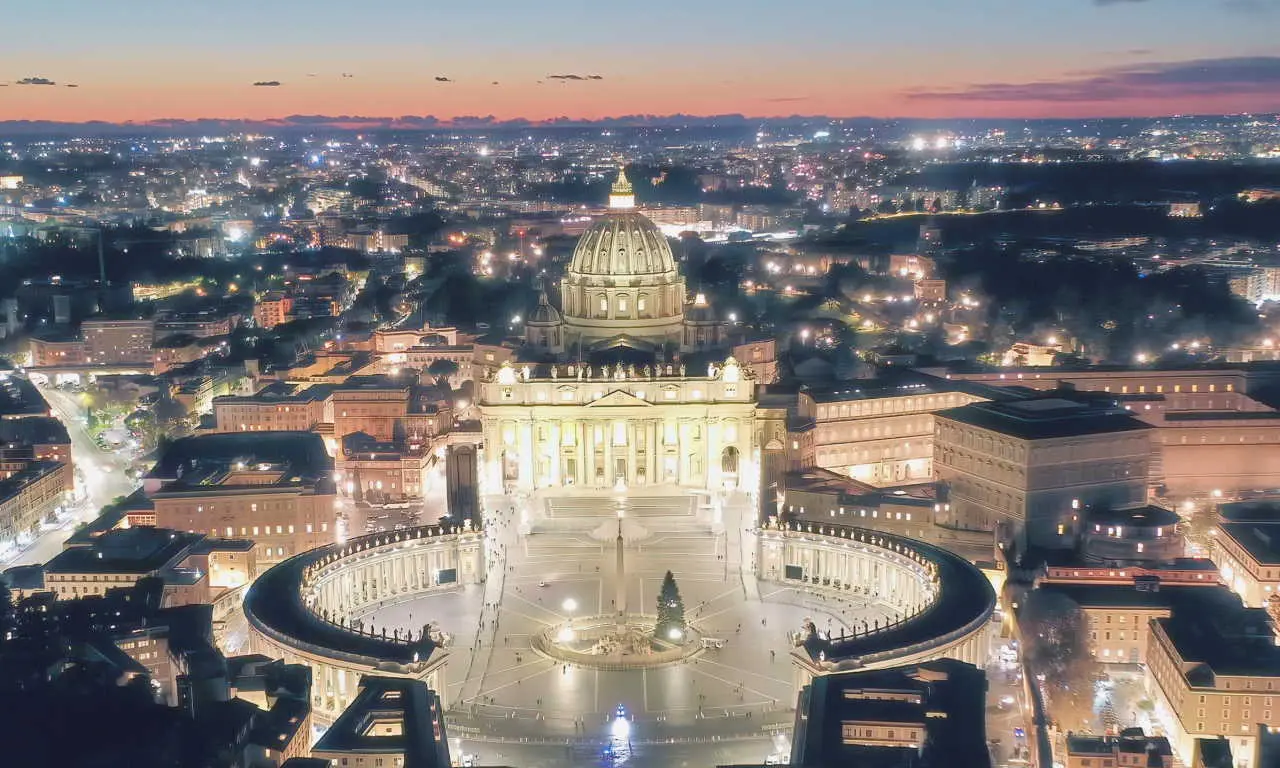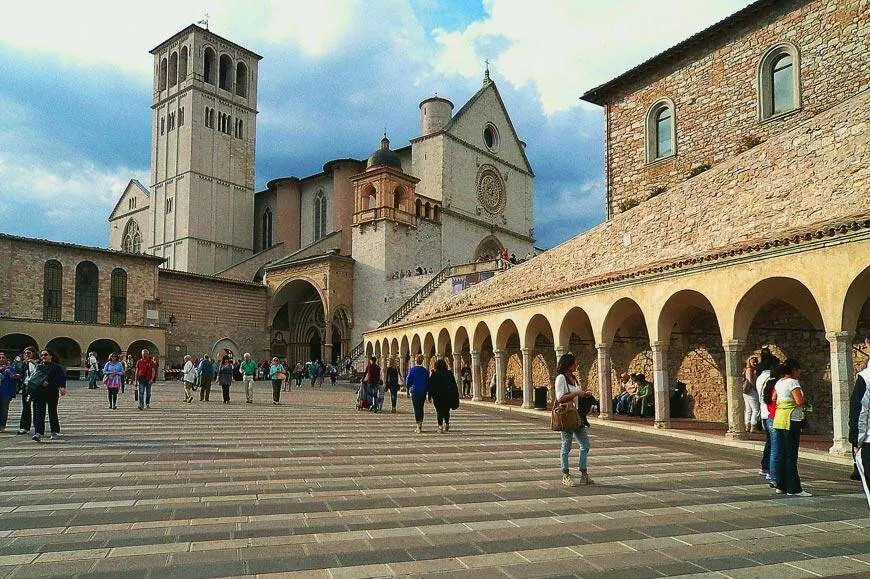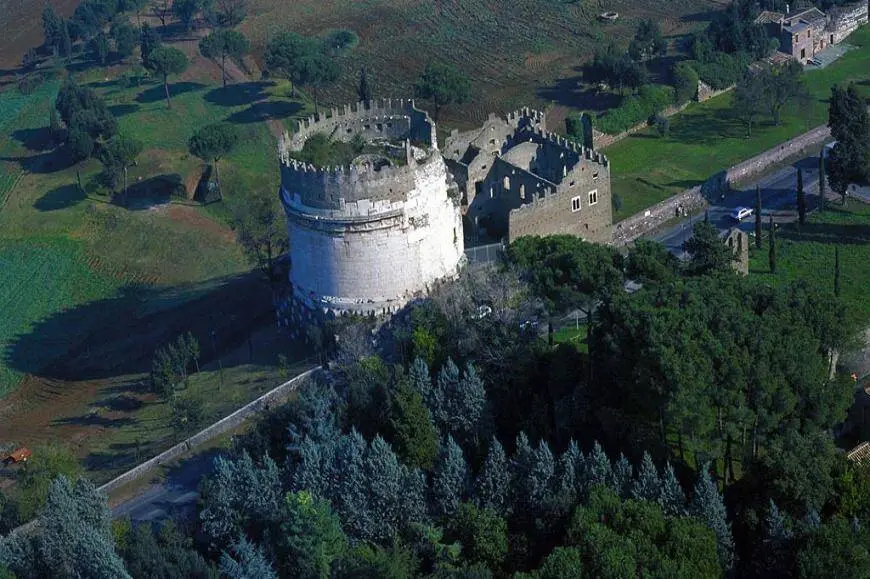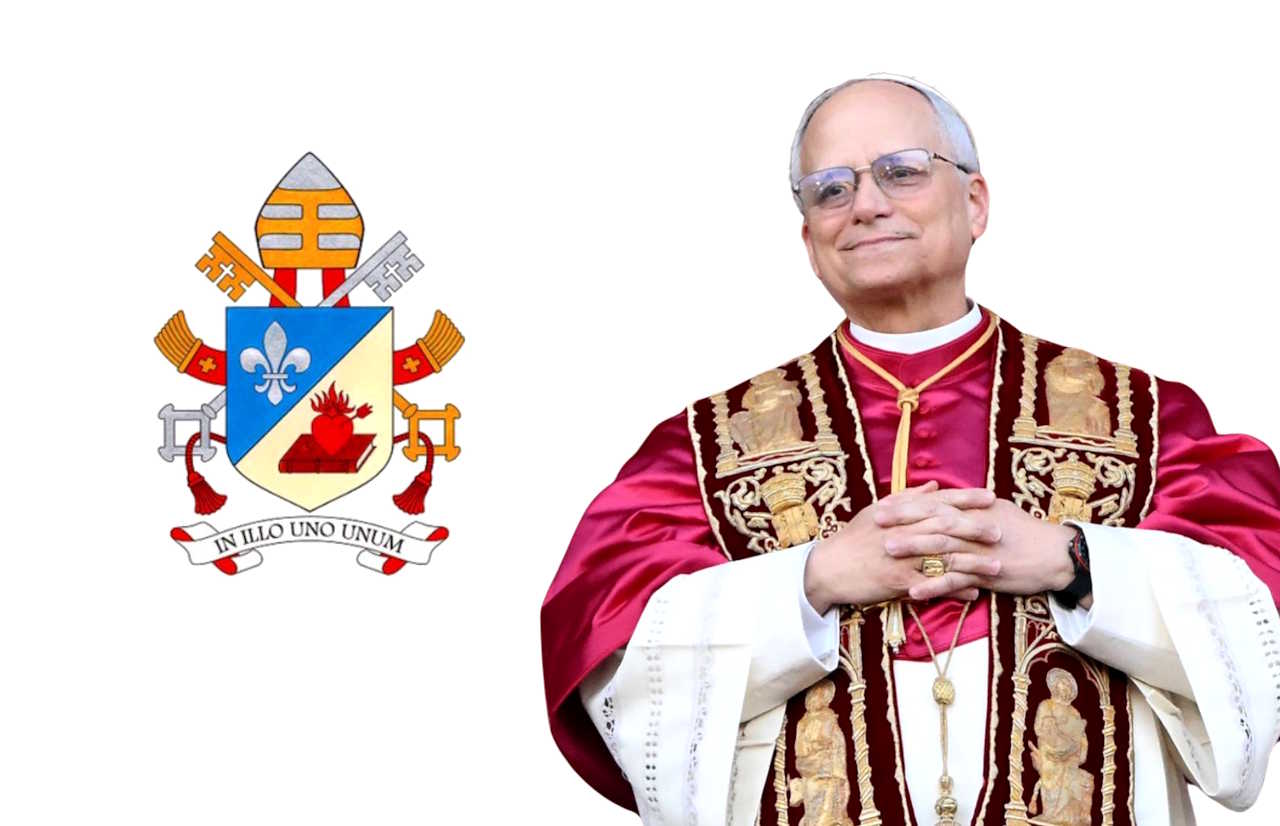The pilgrimage in Italy
The destinations and sanctuaries most visited by pilgrims in Italy
Pilgrimages in Italy are not only religious events, but also expressions of culture and tradition
Life presents us with material challenges, spiritual torments, and moral crises. Sometimes, the idea of embarking on a pilgrimage becomes tempting as a way to free ourselves from problems and seek inner clarity. Pilgrimage, an ancient practice in many cultures, is a journey that symbolizes inner growth and meaning-seeking. It can arise from the need to disconnect from modern life or from the search for existential answers. However, it requires physical, mental, and spiritual preparation. It’s essential to reflect on the deep reasons and make sure they stem from a sincere search for understanding and personal growth. We can also integrate elements of pilgrimage into our daily lives by dedicating time to reflecting, meditating, traveling to significant places, or exploring passions and interests. These moments of personal search help us find inner peace without necessarily abandoning everything.
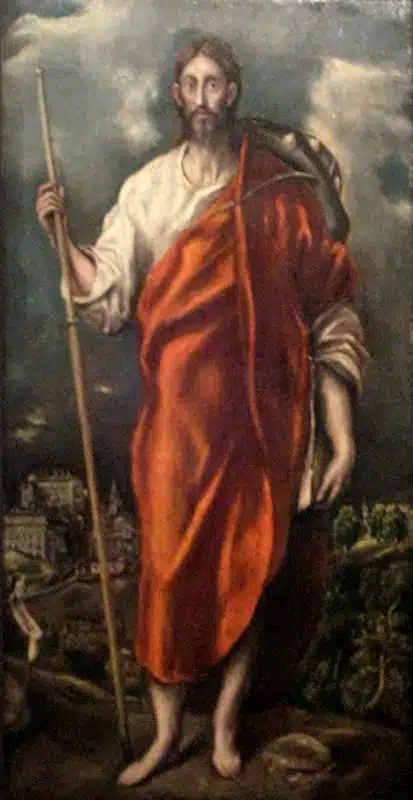
Origin and tradition of the Pilgrimage in Italy
The origins of pilgrimages in Italy can be traced back to pre-Roman civilizations such as the Etruscans, Greeks, and Italic peoples. These civilizations attributed a sacred meaning to certain places such as springs, caves, or mountains. The pilgrimage to these places aimed to venerate pagan deities or to perform propitiatory rituals for fertility and prosperity.
With the arrival of the Romans, the concept of pilgrimage underwent a transformation, integrating elements of the Roman religion and giving rise to new cults. The importance of Rome as a spiritual center and place of pilgrimage significantly increased with the rise of Christianity.
In the Middle Ages, pilgrimages were common among Christian believers. Sought-after destinations included the Holy Land (Jerusalem, Bethlehem, and Nazareth), Santiago de Compostela in Spain, Rome (especially St. Peter’s Basilica), and other important places of religious worship.
Pilgrimages were seen as an act of devotion, penance, and spiritual purification. Today, the term “pilgrim” can indicate anyone who travels, often for spiritual, cultural, or personal research purposes, even if not necessarily related to religious reasons.

The motivations that drive people to undertake a pilgrimage in Italy are varied and often intertwined. Many people seek a spiritual and religious dimension, desiring to strengthen their faith, obtain divine graces, or walk a path of penance. Other pilgrims embark on the journey for cultural, historical reasons, or simply to enjoy the beauty and varied landscapes that Italy offers.
A crucial aspect of pilgrimages is the inner and personal dimension that characterizes them. In addition to the physical pilgrimage, there is a pilgrimage of the soul, an inner search for meaning, purpose, and spiritual connection. Pilgrims often face challenges and sacrifices during the journey, elements that contribute to strengthening their determination and faith.
Furthermore, pilgrimages in Italy are not only expressions of religious faith but also expressions of culture and tradition. During the journey, pilgrims can experience the richness of Italian cuisine, the variety of local dialects, and the beauty of landscapes. This multifaceted aspect of pilgrimages contributes to creating a complete experience that goes beyond the mere religious dimension.
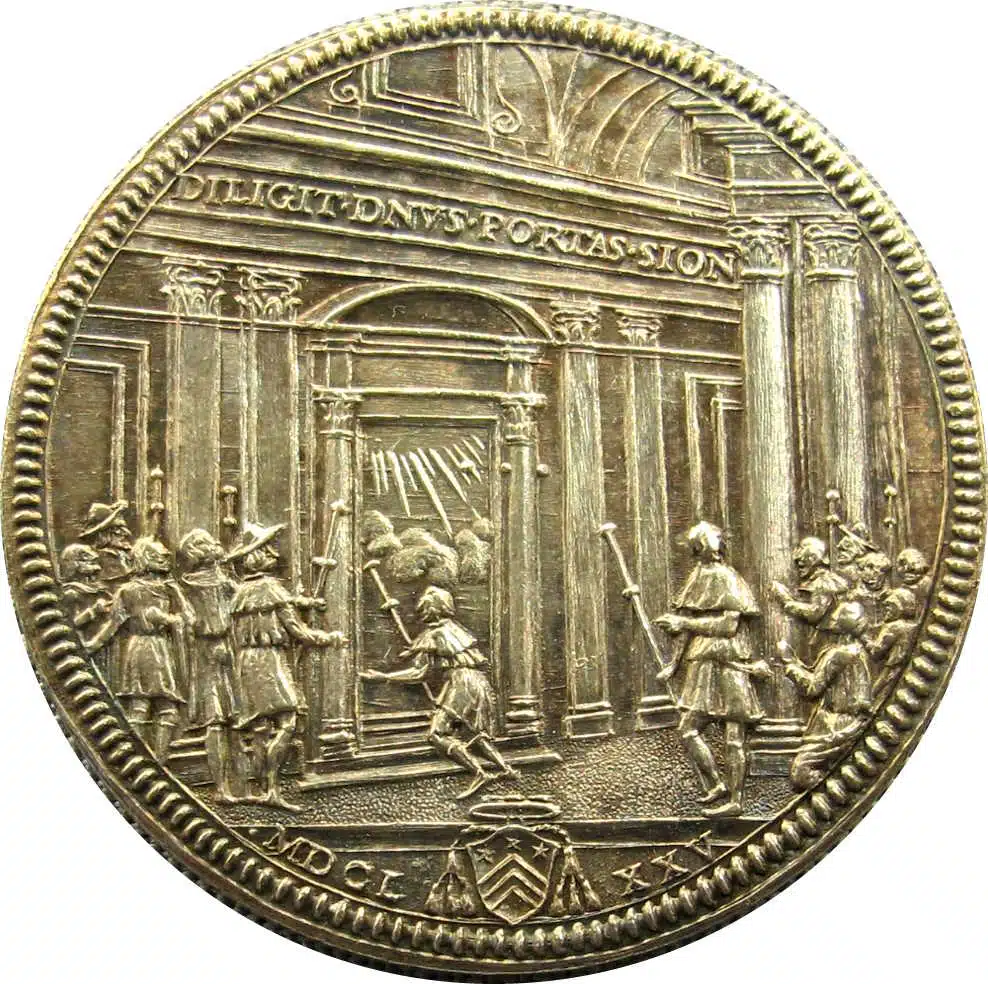
Pilgrimage destinations in Italy
Rome
A pilgrimage to Rome can be a mystical and profound experience, enriched by encountering the sacred and secular history of the Eternal City. Through this experience, pilgrims can immerse themselves in the spiritual roots of the Christian faith, while at the same time exploring ancient Roman culture.
The journey begins with a visit to the sacred sites of the Vatican, the heart of the Catholic Church. The Basilica of St. Peter, a symbol of Christianity, welcomes the faithful with its impressive architecture and atmosphere of devotion. The Sistine Chapel, with its frescoes by Michelangelo, transports visitors into a world of spirituality and artistic beauty. The Basilica of St. John Lateran, the Basilica of Santa Maria Maggiore, and the Basilica of St. Paul outside the Walls are other places of great religious and historical significance.
Subsequently, one can visit the Colosseum and the Roman Forum, emblems of ancient Rome. These monuments, deeply tied to the history of the Roman Empire, evoke the glorious era of Roman civilization and its architectural majesty, but also the persecution of Christians by the Romans.
A visit to the Catacombs, such as those of San Callisto, where the early Christians took refuge and buried their martyrs, should not be missed. This stop allows for reflection on the evolution of the Christian faith and the importance of the testimony of the early Christians.
To balance the sacred with the profane, one can visit one of the lively neighborhoods of Rome such as Trastevere. Here, one can savor the true Roman cuisine, immerse oneself in the local culture, and enjoy the cheerful and authentic atmosphere of the cobblestone streets and small outdoor restaurants.
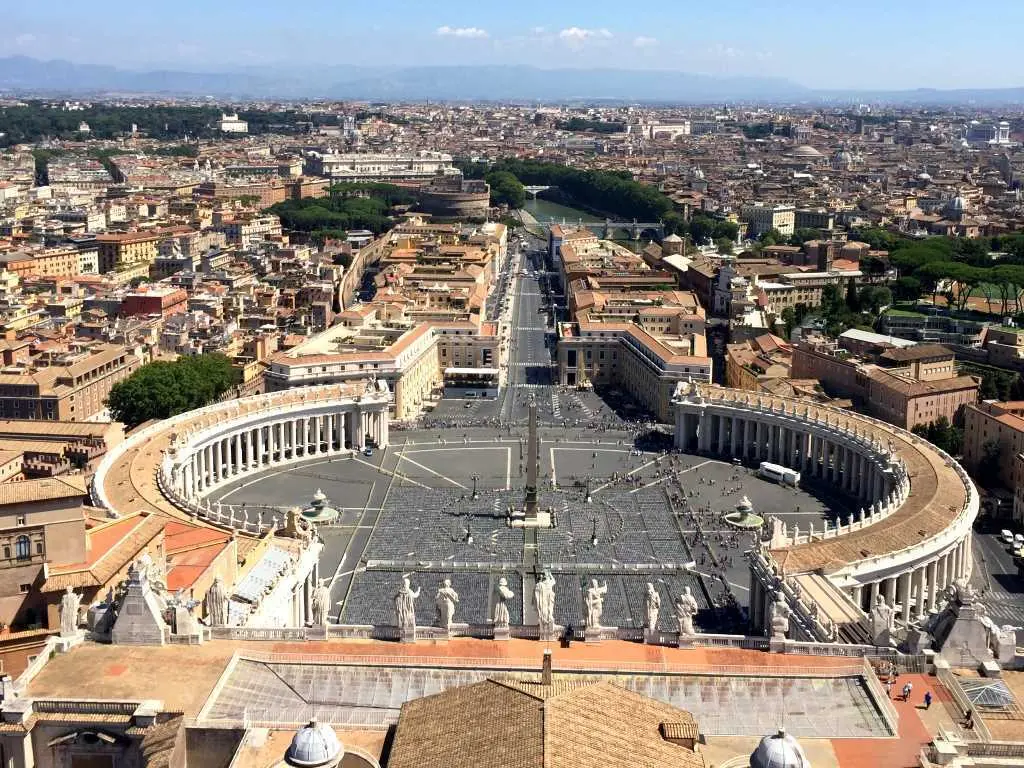
San Giovanni Rotondo
San Giovanni Rotondo is known all over the world as the city of Padre Pio, an extraordinary spiritual figure who left an indelible mark in the 20th century. Padre Pio, whose birth name was Francesco Forgione, has become one of the most beloved and revered saints of our time, not only in Italy but also in many other parts of the world. His fame is largely due to the mystical phenomenon that characterized him, including the famous stigmata, wounds similar to those of Christ, which he bore for decades, and his extraordinary healing powers.
The Sanctuary of Padre Pio, located in this picturesque town in Puglia, is one of the most sought-after pilgrimage sites in Italy and around the world. The heart of the sanctuary is represented by the new Church, a majestic religious structure built to accommodate the growing number of faithful who come from every corner of the globe to pay homage to this charismatic saint. Inside is Padre Pio’s tomb, which has become an object of devotion and prayer for countless pilgrims.
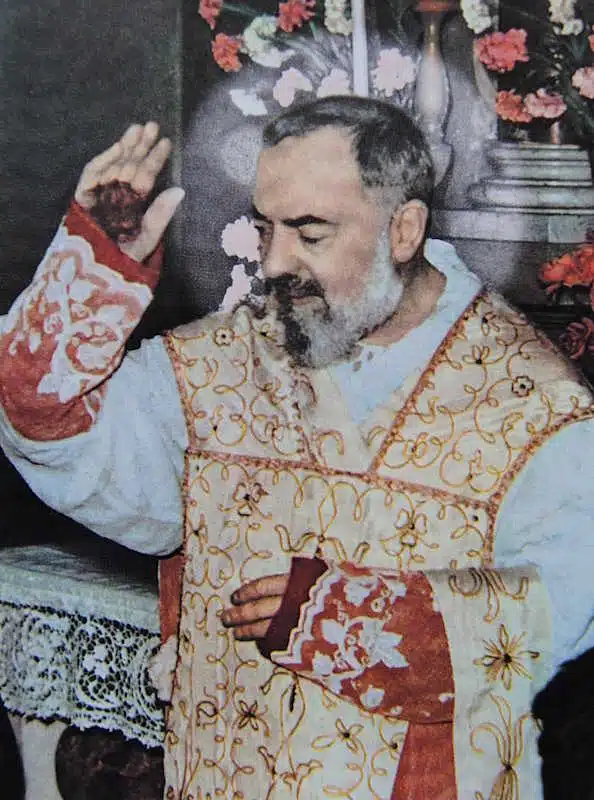
Assisi
Located in the heart of Italy, in the Umbria region, Assisi is famous for being the birthplace of Saint Francis of Assisi, one of the most venerated saints in the history of the Catholic Church. Saint Francis has left an indelible mark on spirituality and world culture through his profound love for nature, poverty, and compassion towards humans and animals.
His message of humility and dedication to the cause of peace has influenced countless individuals around the world and continues to do so today. The Franciscan Order, founded by Saint Francis and Saint Clare of Assisi, has spread throughout the world, carrying on his teachings of service and love for all of God’s creatures.
The Sanctuary of Saint Francis is the centerpiece of pilgrimage in Assisi. This religious complex includes the Upper and Lower Basilicas, two extraordinarily beautiful places of worship that house the relics of Saint Francis. The Upper Basilica is an extraordinary example of Gothic architecture, with frescoes by masters such as Giotto and Cimabue that depict the life of Saint Francis. The Lower Basilica, on the other hand, is a place of reflection and prayer, decorated with Romanesque-style frescoes.
Assisi is also a place of interreligious encounters and ecumenical dialogue, where people of different faiths come together to seek peace and mutual understanding. This spirit of openness and tolerance reflects the legacy of Saint Francis, who sought to break down barriers between different religious communities.
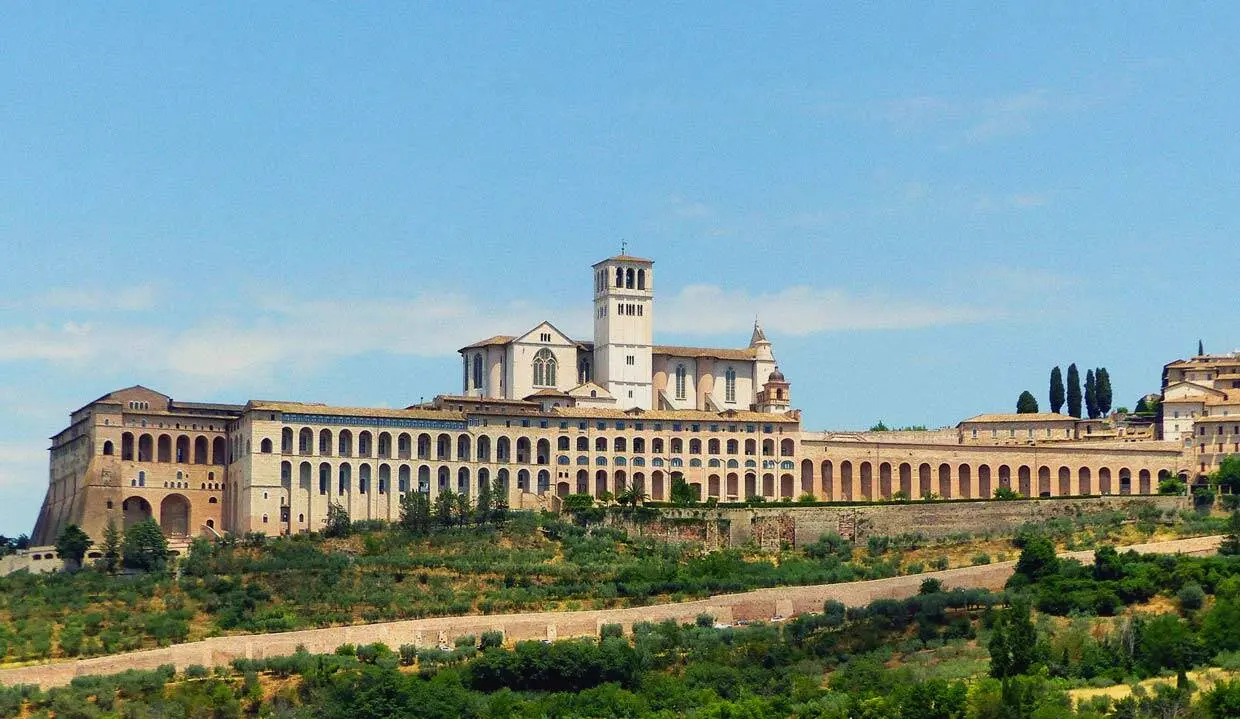
Loreto
Located on the Adriatic coast, Loreto is a city in Marche that owes its fame to the presence of the Holy House of Nazareth, a revered and sacred site for centuries. The history of this house is shrouded in mystery as it is said to have been miraculously transported from Nazareth to Loreto in the 15th century. This event has been the object of veneration and devotion for countless generations of faithful. The Holy House is considered the place where the Virgin Mary received the Annunciation from the Archangel Gabriel, a moment of great significance in the Christian faith.
The Sanctuary of Loreto, located in the center of the city, is a pilgrimage site for thousands of believers every year, especially during the Jubilee. Loreto also offers fascinating architecture and a panoramic view of the hills of Marche. It is an extraordinary destination to explore faith, sacred art, and Christian history.
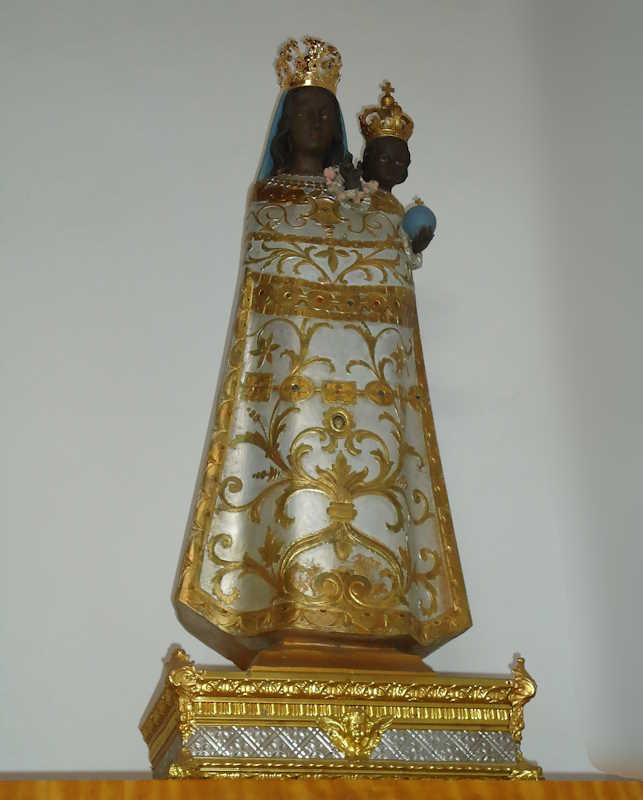
Pompei
Known worldwide for its extraordinary archaeological ruins, Pompeii is also a place of great religious importance due to the presence of the Madonna of Pompeii.
The legendary story of the Madonna of Pompeii has its roots in 1884 when it is said that the Virgin Mary appeared to Bartolo Longo, a lawyer converted to Catholicism. This apparition promoted a fervent devotion to the Holy Rosary, which since then has deeply rooted in the spiritual life of pilgrims and visitors.
The Sanctuary of the Madonna of Pompeii, a place of pilgrimage of rare beauty and significance, attracts thousands of faithful every year, especially during the Jubilee. The basilica hosts a rich history of faith and miracles that date back to the moment when the Madonna appeared to Bartolo Longo, including the famous painting of the Madonna of the Holy Rosary, a symbol of hope and faith for devotees all over the world. The sanctuary hosts a rich history of faith and miracles that date back to the moment when the Madonna appeared to Bartolo Longo.
Pompeii is not only an extraordinary archeological treasure but also a center of religious devotion that attracts people from all over the world. The story of the Madonna of Pompeii and its connection to the Holy Rosary make this place unique, inviting all who visit to reflect on their faith and find inspiration in the spirituality that permeates the city.
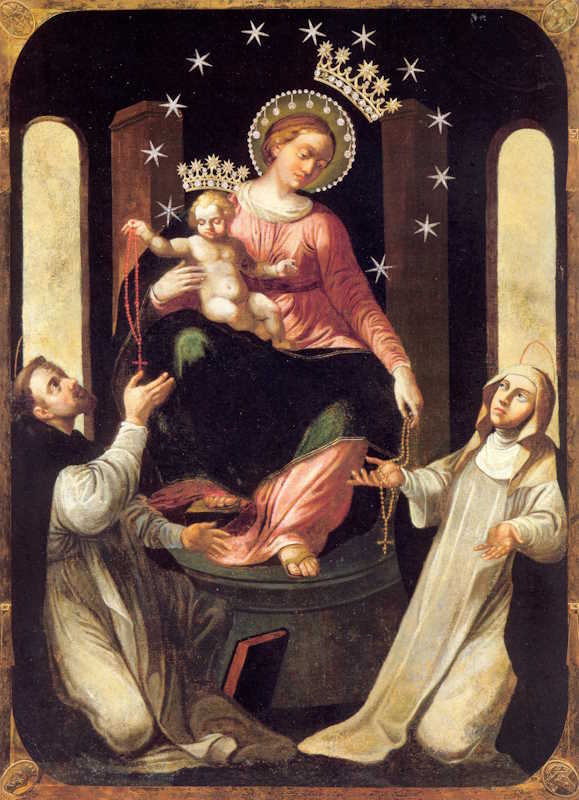
Padua
The pilgrimage to Padua is a spiritual experience and an opportunity to visit important places of devotion. The main location is represented by the famous Basilica of Saint Anthony, a sanctuary dedicated to Saint Anthony of Padua, a Franciscan friar highly venerated in the Catholic tradition. Pilgrims often visit this place for spiritual purposes, to pray or ask for intercession.
For secular aspects, one can visit the Scrovegni Chapel, famous for Giotto’s frescoes. This sacred place offers a unique artistic and spiritual experience. Another stop on the pilgrimage is the Cathedral of Padua, dedicated to the Assumption of the Blessed Virgin Mary.
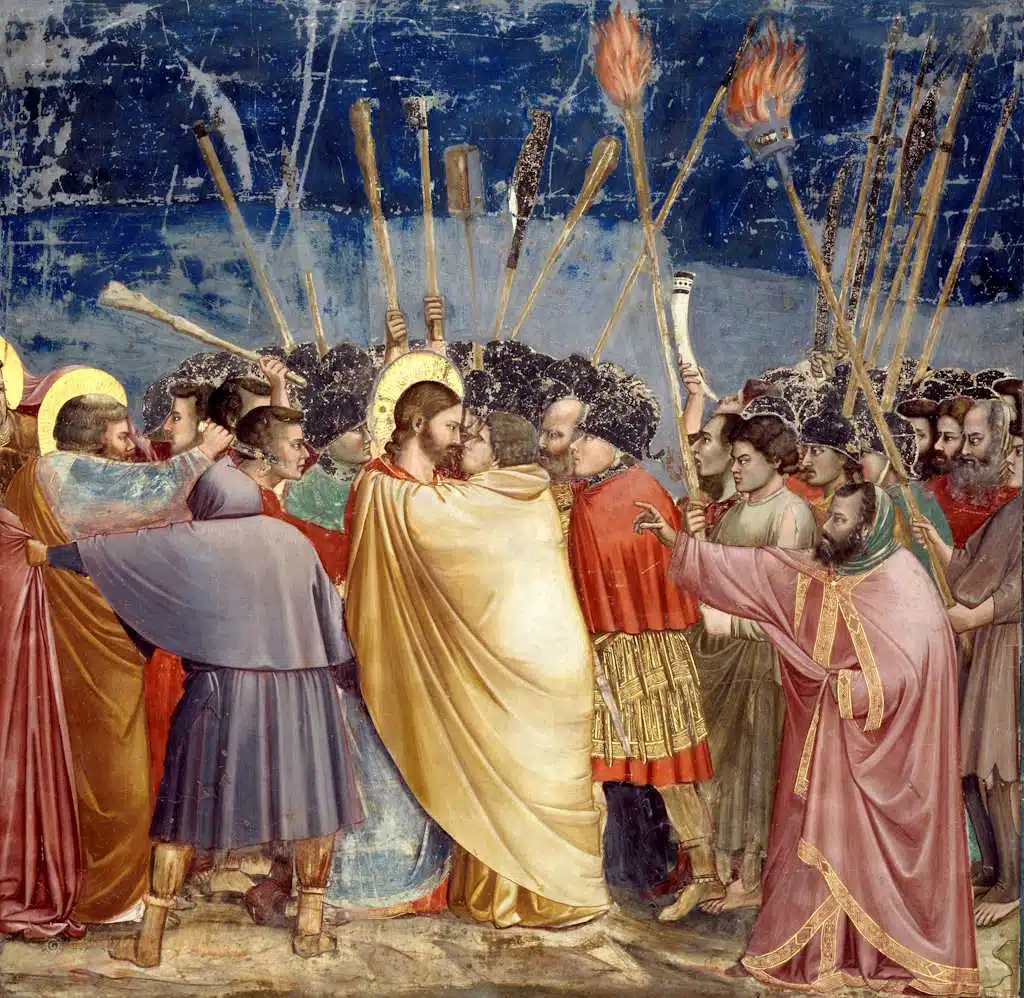
Montecassino
Montecassino is mainly known as the location where the Montecassino Abbey stands, one of the oldest and most important Benedictine monasteries. For Catholic Church followers, this place holds great spiritual significance as it is associated with St. Benedict of Nursia, the founder of the Benedictine order.
St. Benedict, born in Nursia in 480 AD, founded the Montecassino Abbey in 529 AD and is considered to be the father of Western monasticism. Pilgrims visit Montecassino to venerate the tomb and the place where St. Benedict lived and preached, seeking inspiration and spiritual guidance from his works and life.
Montecassino has a rich and complex history that goes beyond its religious significance. During World War II, the abbey was destroyed by bombings, but later faithfully reconstructed to its original appearance. This act of resilience and reconstruction is of interest to visitors interested in history and culture.
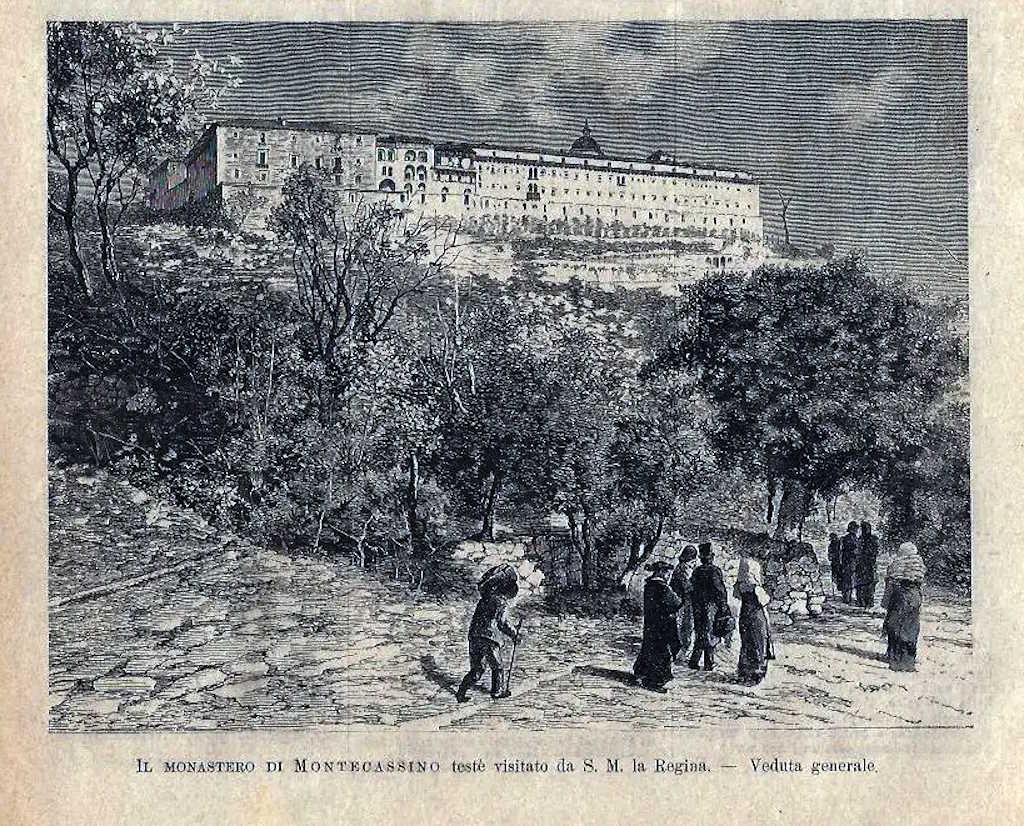
Pilgrimage in Italy - Cards
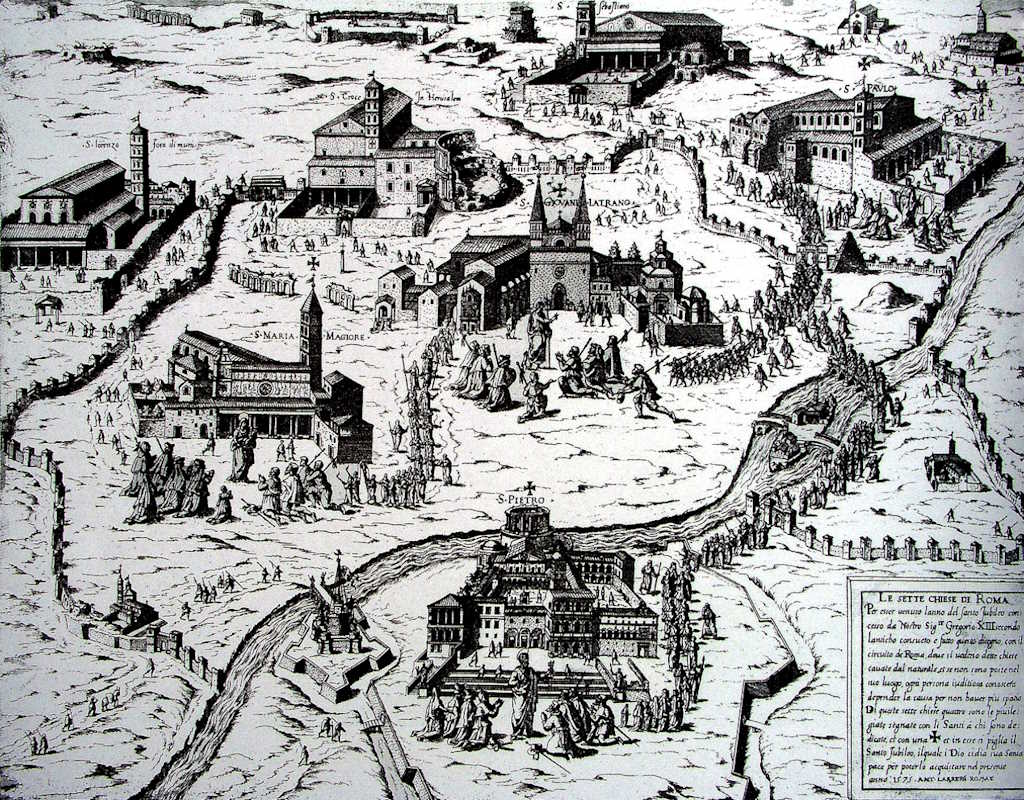
The Tour of the Seven Churches
Ancient Christian pilgrimage route practiced in Rome since the Middle Ages. It was formalized and revitalized in the 16th century through the work of Saint Philip Neri.
This sacred route, originally about 20 kilometers long (equivalent to 16 miles), forms a loop that touches four of the major papal basilicas and three of the most significant minor basilicas:
- Basilica of St. John Lateran
- Basilica of St. Peter in Vatican
- Basilica of St. Paul Outside the Walls
- Basilica of Santa Maria Maggiore
- Basilica of St. Lawrence Outside the Walls
- Basilica of the Holy Cross in Jerusalem
- Basilica of St. Sebastian Outside the Walls (also replaced, since the Jubilee of 2000, by the Sanctuary of Our Lady of Divine Love)
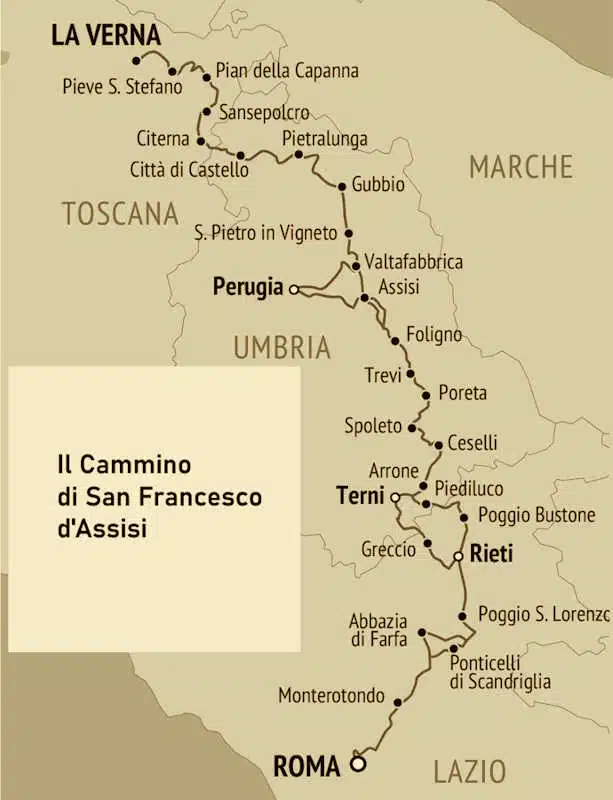
The Path of St. Francis of Assisi
A pilgrimage route spanning approximately 550 kilometers that retraces the steps of the Patron Saint of Italy.
It begins in Assisi and winds its way through picturesque landscapes, touching cities and places linked to the life of Saint Francis, such as the Basilica of Saint Francis, the Hermitage of the Carceri, Gubbio, La Verna, and Rieti. The journey offers the opportunity to immerse oneself in Franciscan spirituality, in the values of humility, love for nature, and poverty.
Along the way, pilgrims from all over the world are encountered, sharing stories and experiences related to faith and Franciscan inspiration. It is also possible to visit churches, hermitages, and sacred sites, enriching the spiritual experience.
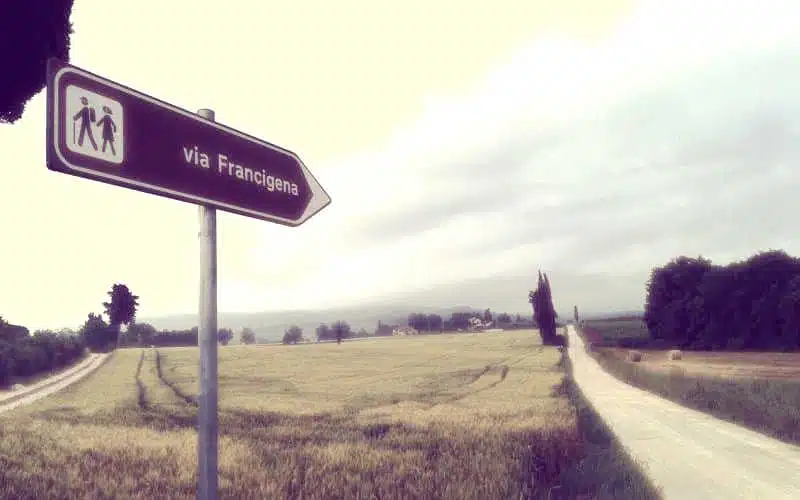
In Italy
- Great St. Bernard Pass (Italy/Switzerland): Entry point from Switzerland, near the border with France.
- Aosta: City in Aosta Valley, one of the early points of interest in Italy along the route.
- Ivrea: Important stage in Piedmont.
- Vercelli: Another important city passed through in the Piedmont region.
- Pavia: Significant Lombard city along the route.
- Piacenza: City located in Emilia-Romagna, with a rich history related to the Via Francigena.
- Fidenza: Notable stage in the province of Parma.
- Lucca: Important Tuscan city crossed by the Via Francigena.
- Siena: Another significant city in Tuscany, with remarkable historical and artistic heritage.
- San Gimignano: Known for its medieval towers and well-preserved historic center.
- Monteriggioni: Small medieval village located in the municipality of Siena.
- Sutri: Stage in Lazio, with significant archaeological remains from Etruscan, Roman, and medieval times.
- Rome: Final destination of the Via Francigena in Italy, with St. Peter’s Basilica as a landmark.
Outside Italy
- Canterbury, England: The Via Francigena begins in Canterbury with Canterbury Cathedral as the starting point.
- Calais, France: After crossing the English Channel, pilgrims enter France at Calais.
- Reims, France: Reims is famous for its cathedral, where the kings of France were crowned.
- Besançon, France: This French city is known for its historical architecture and citadel.
- Lausanne, Switzerland: The Via Francigena passes through Lausanne in Switzerland, with Notre-Dame Cathedral as a reference point.
- Jerusalem: Although the Via Francigena begins in Canterbury and ends in Rome, it was originally conceived as a route that continued to Jerusalem, one of the most important holy cities in the world.
These are just some of the main stages of the Via Francigena, and the route may vary slightly depending on the preferences and choices of the pilgrims.
The Francigena Way
This ancient pilgrimage route connects Canterbury, United Kingdom, to Rome, Italy. Spanning approximately 1,900 kilometers, it traverses stunning landscapes, historic cities, and sacred sites.
This route has been used since the Middle Ages by pilgrims heading to Rome to visit the tomb of Saint Peter.
Today, the Via Francigena is a hiking trail and a cultural route that offers a unique experience for those wishing to immerse themselves in European history, nature, and culture. The route is well signposted and provides opportunities to discover the rich gastronomy and hospitality of local communities along the way.
Walking along the Via Francigena is an unforgettable experience for modern pilgrims seeking adventure and spirituality.
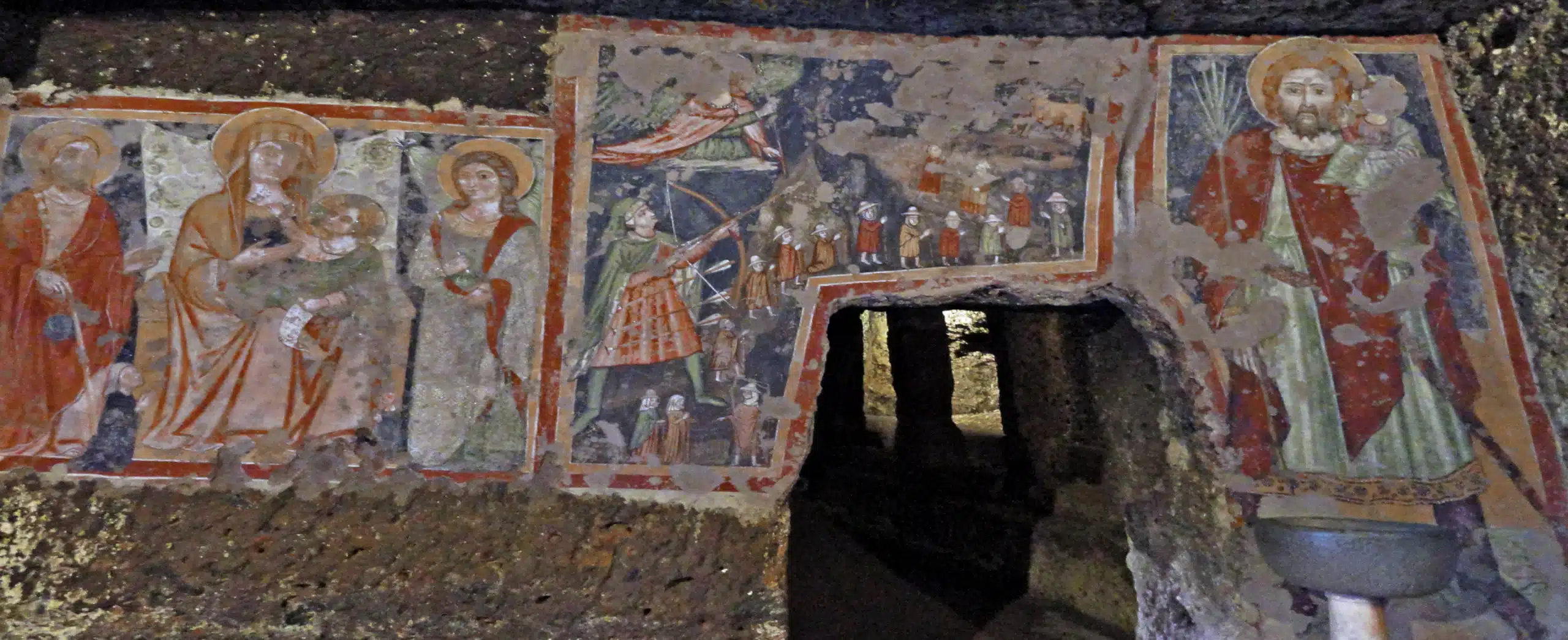
The tradition of pilgrimages in Italy is an integral part of the social, cultural, and religious fabric of the country. Throughout centuries of history, this practice has shaped individual and collective identities, enriching the spiritual and cultural life of those who undertake the journey. Pilgrimage remains a meaningful experience, reflecting mankind’s search for meaning and connection, and a link between the past, present, and future.
Discover the pilgrimage in Italy with our dedicated tours!
An experience rich in history, spirituality and culture that has shaped our country over the centuries.
Book now and join us to explore this extraordinary tradition, a journey to the roots of Italian history and faith.
The pilgrimage in Italy with our dedicated tours
-
Private Tour to Padre Pio Shrine in San Giovanni Rotondo
Pilgrimages in Italy277,00€ – 858,00€A private spiritual journey to discover the sacred places of Padre Pio and Monte Sant'Angelo, with the comfort of exclusive transportation and an expert guide.
From Rome | Guided Tour | Private Transportation | 1 day
-
Assisi and Saint Francis – One-Day Tour from Rome
Pilgrimages in Italy179,00€ – 525,00€One-Day Tour to Assisi from Rome: an immersive experience of cultural and spiritual visits
Assisi | Guided Tour | Private Vehicle | 1 Day
-
Pilgrimage in Italy – Assisi and San Giovanni Rotondo
Pilgrimages in Italy948,00€ – 2.453,00€A pilgrimage experience that combines spirituality and history, offering you a memorable journey through the heart of religious Italy.
Italy| Private Tour | 3/4 stars | Customizable | 5 days
-
Pilgrimage from Rome to Padre Pio, San Giovanni Rotondo
Holidays in Rome565,00€ – 1.261,00€By Private car and driver for 2 days to San Giovanni Rotondo
Lanciano - San Giovanni Rotondo | Private car/driver | 2 days
-
Vatican Museums and Sistine Chapel small groups
City Tours of Rome198,00€Art and Spirituality: Vatican Museums, Sistine Chapel, and St. Peter's Square Tour - Small group max. 10 persone
Vatican | Small Groups | pick-up | 3,30 ore
-
Day trip to San Giovanni Rotondo
Day Trips from Rome245,00€ – 445,00€Day trip to San Giovanni Rotondo from Rome, home of the Shrine of Padre Pio. Travel by high-speed train and private taxi!
San Giovanni Rotondo | Guided Tour | High-Speed | 1 day
-
Tour to San Giovanni Rotondo
Holidays in Rome305,00€ – 472,00€Tour to San Giovanni Rotondo, home of Padre Pio, by high speed train and transfers by car
San Giovanni Rotondo | City center | High-Speed Train | 3 days
-
Tour to Assisi and Orvieto
Day Trips from Rome154,00€Tour from Rome visiting Assisi St. Francis city, and the medieval town of Orvieto, the real Italy, far away from large cities
Assisi Orvieto | Guided Tour | By Bus | 11 hours
-
Ancient Basilicas and the Catacombs of Rome
Pilgrimages in Italy183,00€ – 408,00€Christian Rome and the Catacombs - Private tour, an itinerary retracing the history of Christianity in Rome
Rome | Private vehicle | Expert guide | 4 hours
-
Papal Audience with Pope Leone XIV
City Tours of Rome35,00€Every Wednesday morning the possibility to meet Pope Leone XIV at the Vatican
Vatican City | Ticket Papal Audience | Expert Guide | 4 hrs.
-
Day trip to Assisi from Rome by Private Car
Day Trips from Rome144,00€ – 379,00€A Franciscan experience in the green heart of Umbria, at the discovery of Assisi, city of St. Francis
Assisi | Private Driver | 10 hours
Travel Magazine

Events and Exhibitions 2025 in Italy
2025 in Italy promises to be a year full of events and exhibitions: from major cultural festivals to art exhibitions, from historical celebrations to meetings with the most innovative expressions of design and technology, the calendar is full of opportunities to explore the creativity and traditions of our country. Whether you are passionate about art, music, fashion, history or gastronomy, you will surely find something extraordinary to discover.
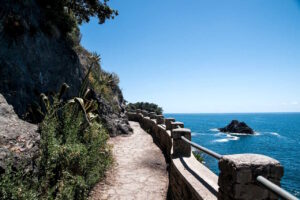
Liguria, where the sea embraces the mountains
A narrow strip of land nestled between the mountains and the sea, Liguria is a region that tells its story through contrasts. Every glimpse is a painting, every alley a tale, every flavor a narrative.
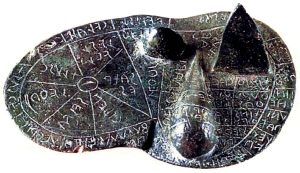
The Etruscans, an enigmatic people from central Italy
The Etruscans represent one of the most enigmatic and influential civilizations of antiquity, a people who inhabited central Italy (particularly the region corresponding to present-day Tuscany, along with parts of Lazio and Umbria, which the ancients called Etruria)
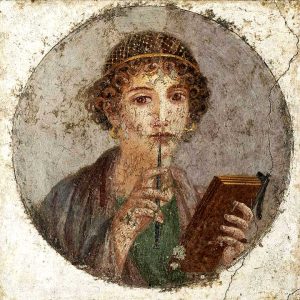
Major Artworks in Italy and Where to Find Them
The main works of art in Italy that every culture lover should see at least once in their life, with directions on where to find them: from Michelangelo to Caravaggio, from Leonardo da Vinci to Botticelli
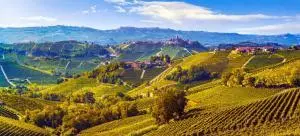
Popular Destinations in Italy – Discovering the Langhe
The region of Langhe inItaly, a UNESCO World Heritage Site, it is renowned for its patchwork of vineyards, forests, pastures, perched medieval villages, and castles. A microcosm of biodiversity, culture, and flavors where tradition and innovation blend in a unique way, symbolizing how nature and humans can collaborate harmoniously to create a distinctive environment.
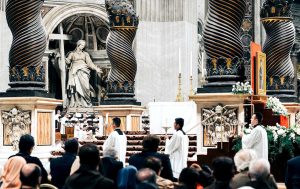
Jubilee 2025 in Rome – A Guide for Contemporary Pilgrims
The Jubilee 2025 will not only be a time of deep spirituality but also an opportunity to boost tourism and the economy of Italy’s capital
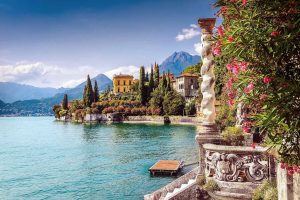
Popular destinations in Italy – Lake Como
Located in the heart of the Lombardy region in Italy, nestled between the Alps and the Po Valley, Lake Como has been described as the most beautiful lake in the world
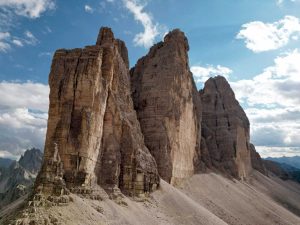
Dolomiti, the mountains in Italy carved by the gods
A unique natural treasure in the world, where breathtaking landscapes, rich biodiversity, and cultural heritage come together in an extraordinary combination. These are the Dolomites. Every visit to these mountains is an opportunity to connect with majestic nature and discover a culture deeply rooted in the region.
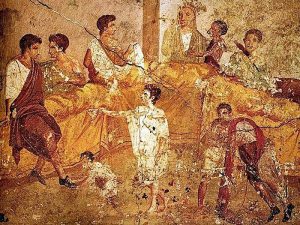
Trimalchio’s Banquet – Ancient Romans at the Table
Petronius, a writer who lived during the reign of Emperor Nero, left us with an unforgettable description of the banquet of the nouveau riche Trimalchio, a rude and exuberant guest. Even though the account is deliberately exaggerated, focusing on emphasizing the character’s vulgarity, it offers us one of the rare chances to get to know the Roman’s culinary taste.
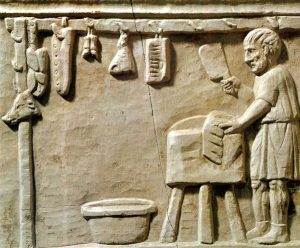
Ancient Romans at the table
Food and Culinary Habits in Ancient Rome. The daily life of ancient Rome is deeply reflected in the eating habits of its inhabitants, revealing a world of contrasts between sobriety and opulence.

Venice, Essential Guide for Travelers
Explore the magic of Venice with our complete traveller’s guide. Discover the most iconic places such as Piazza San Marco and the Rialto Bridge.
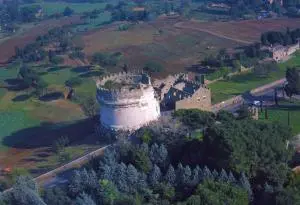
Ancient Appian Way, the highway of Ancient Rome
Known as the “Queen of Roads,” the ancient Appian Way in Rome is one of the most important engineering marvels of all time, a tangible testament to the greatness and mastery of Roman civilization.
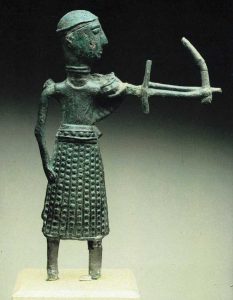
Museums to visit in Italy
The museums in Italy offer visitors a rich array of themes, types, and locations, making them a unique experience. Some of the world’s most historically and culturally significant museums welcome visitors to immerse themselves in the depths of Italian history and art.
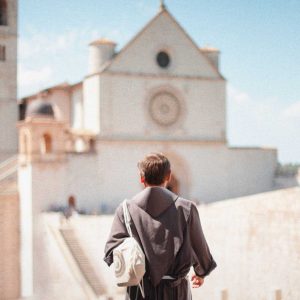
Umbria, land of history, art, nature, religion and flavours
Umbria is a reality suspended between the richness of its history, the depth of its culture, and the majesty of its nature. Located in the heart of Italy, between Tuscany, Marche, and Lazio, it is the only region on the peninsula without a coastline. Also known as the “green heart of Italy,” Umbria is a destination that provides a variety of experiences for visitors.

How I found a wife with Italian cuisine – Rome cooking class
Rome is a fantastic city to take a cooking class, with a rich culinary history and culture. With a little research, you can find the perfect cooking class for your needs

Luxury Vintage Shopping in Rome
The story of an experience lived in Rome, a four-hour shopping tour with an expert guide and a luxury car with driver to discover the best vintage luxury shops in the Capital
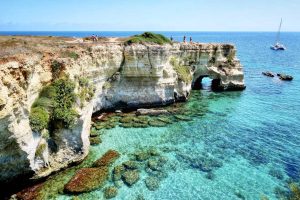
Trip to Puglia, a land to discover
Puglia is truly a land to discover, a hidden treasure in the heart of the Mediterranean. With its temperate climate and four distinct seasons, this region offers a unique tourist experience throughout the year
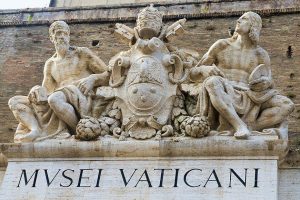
Entrance to the Vatican Museums and Sistine Chapel 2024 and 2025
The Vatican Museums and Sistine Chapel are about to introduce significant changes to their visiting schedule to optimize the use of their collections and provide a more inclusive experience for visitors, leading up to the Jubilee of 2025 in Rome. These changes will take effect on January 1st, 2024.
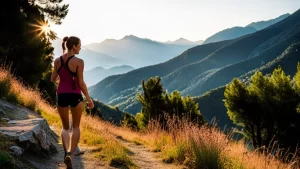
Italy: unconventional experiences for adventurous travellers
Italy is a country that offers a wide range of original and extreme experiences for the most adventurous travelers. Whether it’s exploring the depths of the sea, climbing imposing mountains, or immersing oneself in the rich culinary tradition of the country, there is something for everyone looking for authentic and unique thrills. Italy invites travelers to push their limits, discover new horizons, and live an experience that will remain imprinted in their memory.
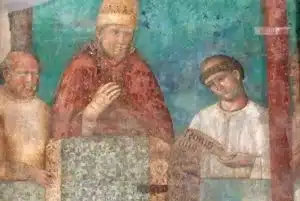
The pilgrimage in Italy
The tradition of pilgrimages in Italy is an integral part of the social, cultural, and religious fabric of the country. Throughout centuries of history, this practice has shaped individual and collective identities, enriching the spiritual and cultural life of those who undertake the journey. Pilgrimage remains a meaningful experience, reflecting mankind’s search for meaning and connection, and a link between the past, present, and future.

The 5 most loved Italian dishes in the world
Italy, the birthplace of gastronomy, is universally recognized for its rich and diverse cuisine that reflects centuries of culinary traditions passed down from generation to generation. While not everyone can afford to enjoy Italian dishes in a Michelin-starred restaurant, it is possible to experience the magic of Italian cuisine by preparing some of the most beloved dishes directly at home. Here are the five most loved Italian dishes in the world, along with their recipes and secrets for successfully replicating them in your own kitchen
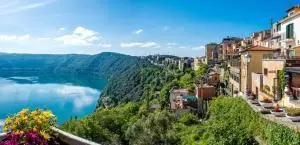
The Roman Castles, “invisible castles”
The Roman Castles, also known as the “invisible castles”, are historical places located near Rome, famous for their scenic beauty and gourmet food and wine tradition. Despite their rich history and natural attractions, these places often go unnoticed due to Rome’s extraordinary artistic wealth.
The very birth of Rome is linked to the events of Alba Longa, probably the current Castel Gandolfo, founded by Ascanio, son of Aeneas and Creusa in 1230 BC.
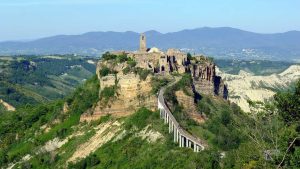
Civita di Bagnoregio, Caprarola, Bomarzo – DISCOVERING HIDDEN TREASURES OF ITALY
Italy is a country rich in hidden treasures and captivating destinations where history, art, and natural beauty come together in a unique and unforgettable experience. Among the lesser-known yet equally fascinating gems, Civita di Bagnoregio, Caprarola, and Bomarzo stand out. Let’s discover what makes these places so special.
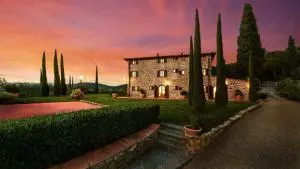
Wonders of Tuscany: a journey through Art, History and Food and Wine
Located in the heart of Italy, Tuscany is a true treasure to discover. Lush hills, luxurious vineyards, picturesque rural landscapes, historic villas, enchanting medieval cities and an atmosphere of refined timeless beauty have won the hearts of visitors from all over the world.
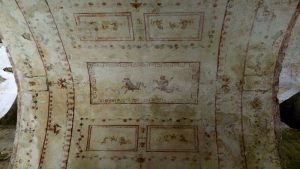
The Domus Aurea: a hidden masterpiece of Ancient Rome
Built by Emperor Nero in the 1st century AD, the Domus Aurea in Rome is an extraordinary monument that stands as a tangible symbol of the luxury and grandeur of ancient Roman civilization
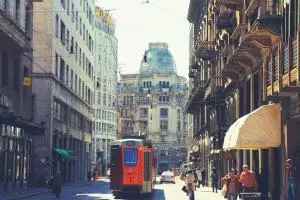
Guide of Milan for Newbies
Our Quick Guide to Milan for Beginners will accompany you in discovering the treasures of this fascinating and hectic metropolis, providing you with essential information on the main attractions.

Milan: A food and wine experience not to be missed
Milan is much more than a fashion capital; it is also a top culinary destination. With its traditional cuisine, cosmopolitan culinary scene, food markets, and innovation, the city offers a complete eno-gastronomic experience.

Roman coast: a journey through history, sea and unique atmospheres
Discovering the Roman Coastline: A Journey through History, Sea, and Unique Atmospheres by Sarah Strol illustration by franco rea Roman Coastline We arrived in Rome
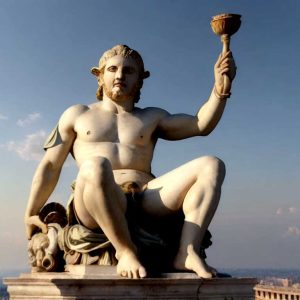
A Story of Rome
TRAVELS IN SPACETIME A Story of Rome It was a sweltering day in July, with the sun beating down on me like a burst of
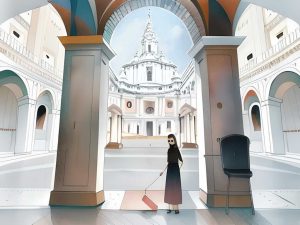
Discovering Rome’s “Hidden Treasures”
Discovering the “hidden treasures” of Rome Welcome to a fascinating journey through a less frequented Rome, different from the usual famous monuments but rich in
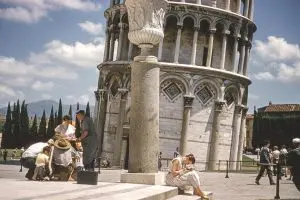
My Daily Excursions from Rome
“I am always looking for unforgettable experiences, and when I arrived in Rome, I was advised to participate in daily group or private excursions.”
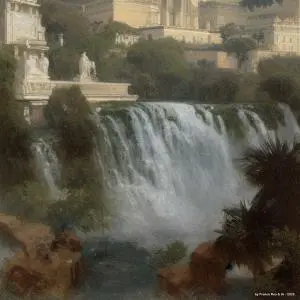
Impossible Rome
a gallery of images to you, created using artificial intelligence on the theme of “Impossible Rome”
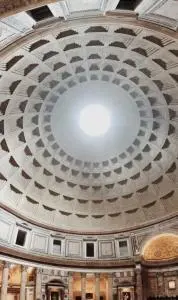
The Pantheon, great masterpiece of Roman architecture
Pantheon Contents The Pantheon Great masterpiece of Roman architecture. It is one of the ancient monuments best preserved in the world. We suggest a visit
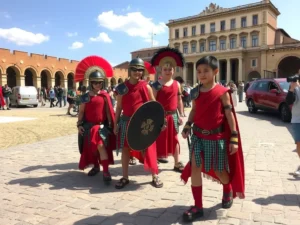
Fun Activities to do in Rome
for adults and children Fun and Unusual Activities to do in Rome Rome offers a myriad of opportunities to experience unique and enjoyable activities.
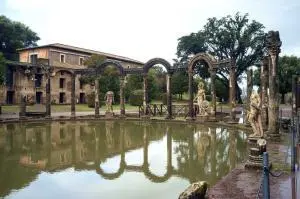
Villa Adriana in Tivoli, Rome
Villa Adriana – Tivoli, Rome The enormous complex of buildings of Villa Adriana in Tivoli, near Rome, was built (probably between the 118 and 134
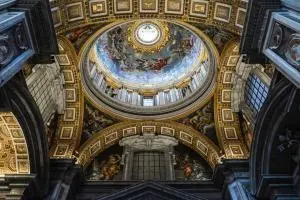
St Peter’s Basilica in Vatican State, Rome
The Basilica of St. Peter in the Vatican City The Basilica of St. Peter is in the heart of the Vatican City, an independent sovereign
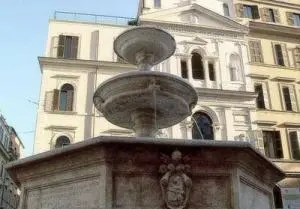
Rione Monti – the first quarter of Rome
Rione Monti Rome Index Monti, the first quarter of Rome The first quarter of Rome is “Monti” (mounts), so called as its confines once comprised the
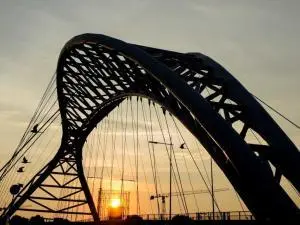
Places Contemporary Rome
The places of contemporary Rome Rome has never stopped adding new architectural layers to its topographic fabric, with works often created in peripheral areas, in

Eating in Rome
Eating in Rome! Eating like a God in Rome, Roman food’s survival guide! Index Eating in Rome “Please, recommend us a good restaurant!” it’s the
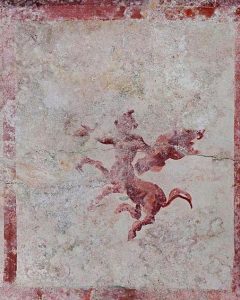
Why visit Rome
If you love traveling to discover unique places in the world, you must absolutely visit Rome!
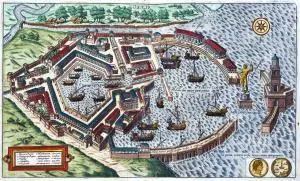
Portus Romae, the largest port of antiquity
Brief history of the greatest port in antiquity Portus Romae, the port of the Roman Empire Portus Romae was the main port of ancient Rome,
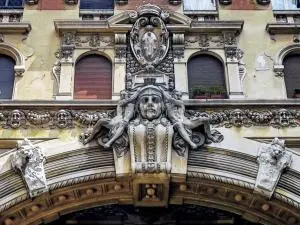
Unusual places to visit in Rome
Unusual places to visit in Rome … there are some places hidden outside the mass of tourist circuits… Rightly considered one of the most fascinating
© 2025 All Rights Reserved.
